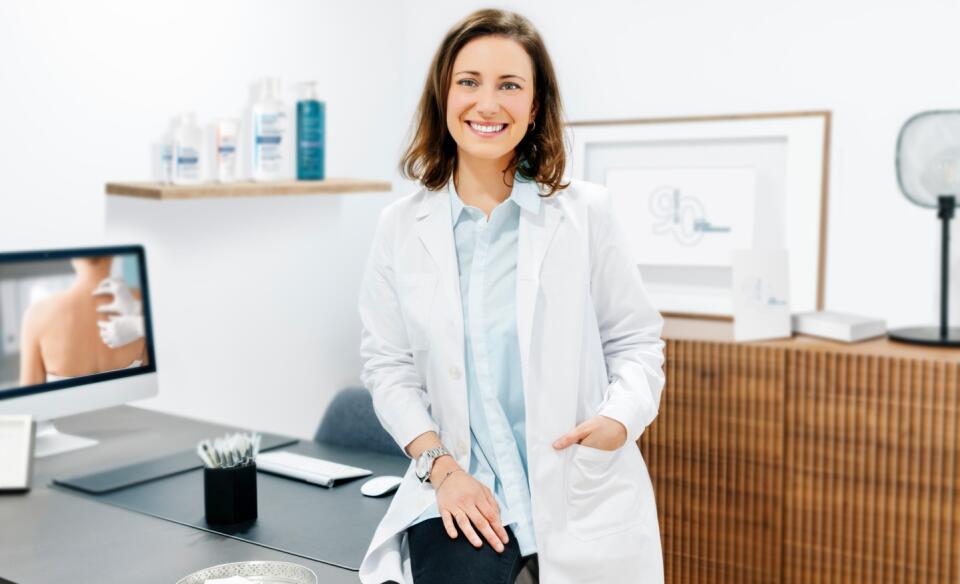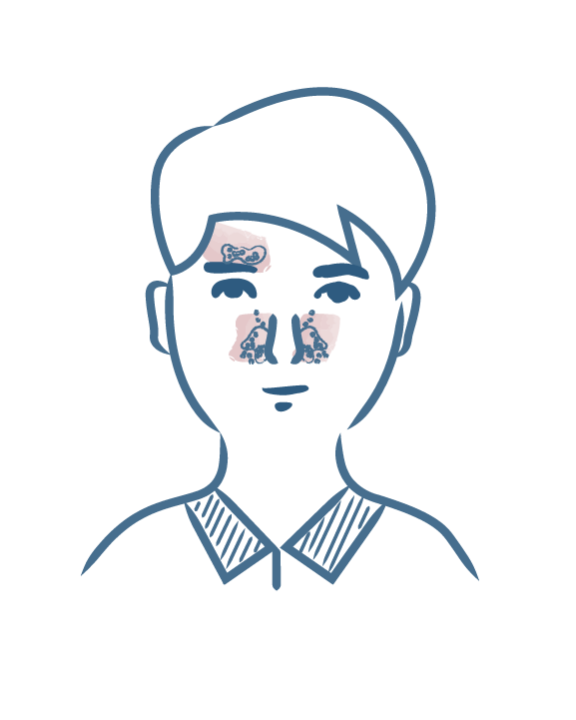-
Your concerns
Our articles to help you gain a better understanding
-
Our solutions
-
Ducray Dermatological laboratories
Our articles to help you gain a better understanding

Seborrheic dermatitis in infants can appear as early as the 3rd or 4th week of life. 70% of children under 3 months of age and 10% of children under 5 years of age (1) are affected. Infantile seborrheic dermatitis can affect several areas: the face, the buttocks, the skin folds and the scalp.

Summary
Scalp involvement is the most common form of seborrheic dermatitis in babies and is more generally known as " cradle cap". It is actually not uncommon for infants to develop this condition. It consists of thick, greasy, sticky, white or yellow scales on part or all of the scalp.
When the condition affects the buttocks it may be limited to the skin folds or may have a bright red appearance.
Redness may also be observed in the axillary and cervical folds, sometimes on the elbows and knees.
Seborrheic dermatitis in infants is caused by hyperseborrhea and the proliferation of a yeast of the Malassezia genus. This yeast is also associated with seborrheic dermatitis in adults.
Infantile seborrheic dermatitis is not a serious disease and does not cause any discomfort or itching. Nevertheless, some parents may find it bothersome from an esthetic point of view. Fortunately, cradle cap in infants heal and disappear on their own in the vast majority of cases around the age of 5 to 6 months. If not, your pharmacist can provide you with shampoos or treatment products to help remove persistent cradle cap.
(1) Mastrolonardo M, Diaferio A, Vendemiale G, Lopalco P. Seborrhoeic dermatitis in the elderly: inferences on the possible role of disability and loss of self-sufficiency. Acta Derm Venereol. (2004), Vol. 84, pp. 285-287.
Irritated skin with redness and scales

Skin prone to red plaques and itchy dry skin
NEWSLETTER
Dermatological expertise
To better understand your skin and hair, discover our exclusive content and innovative care products designed to improve your quality of life..